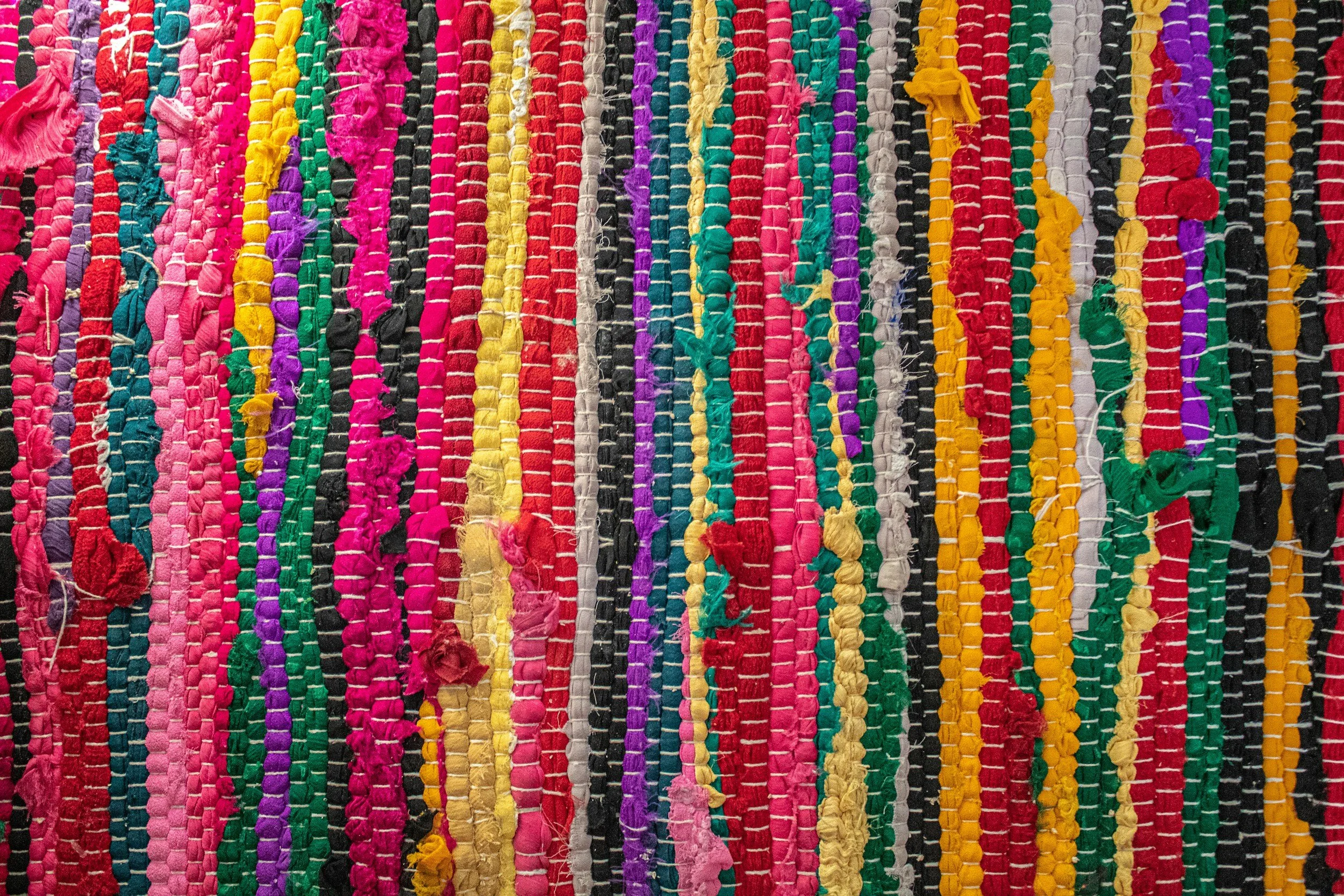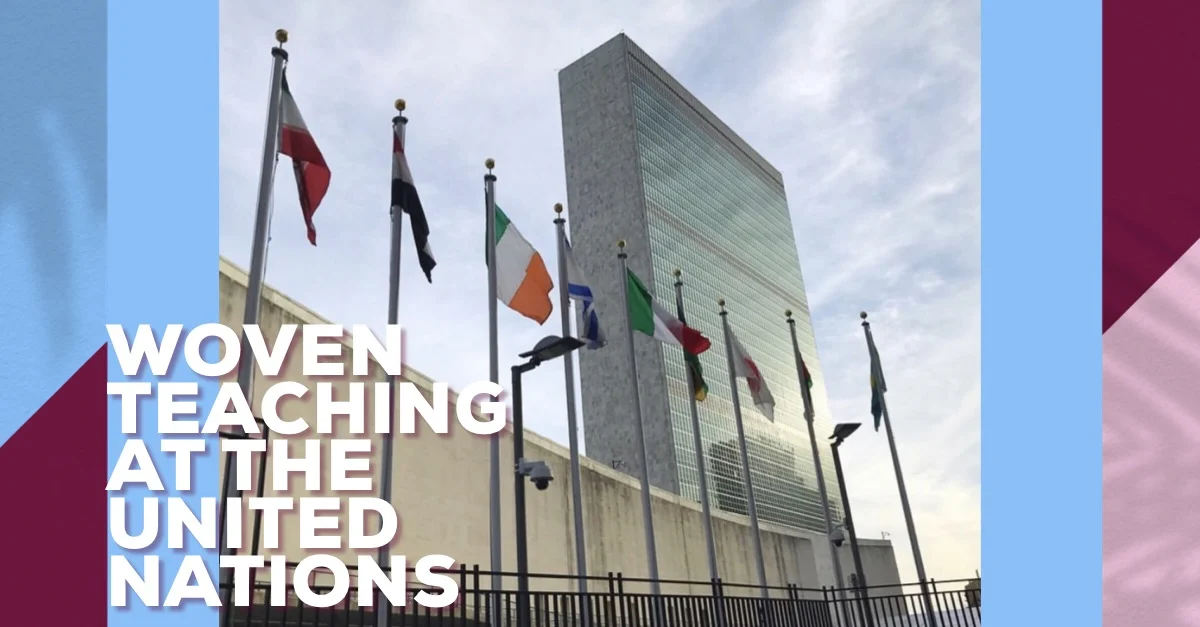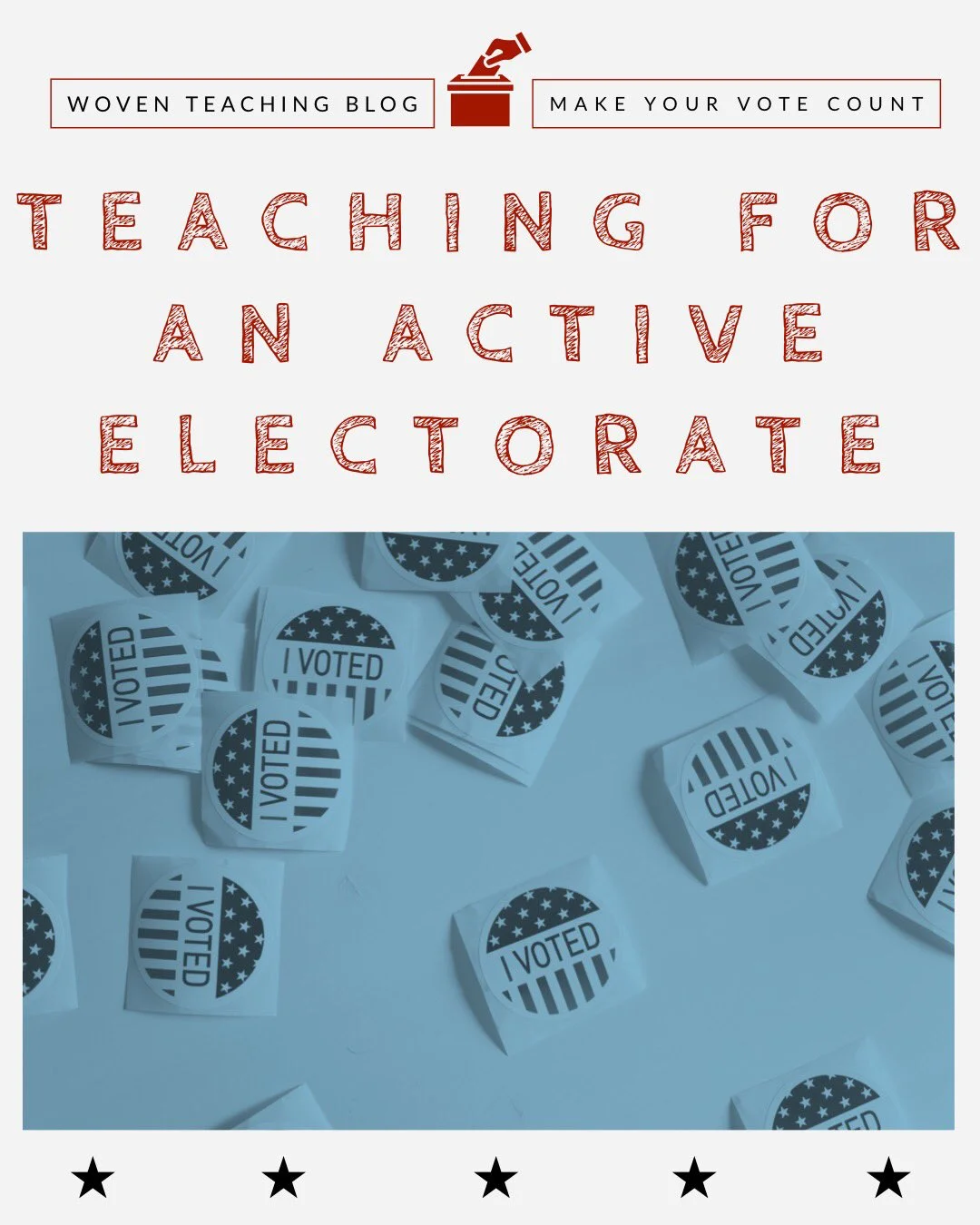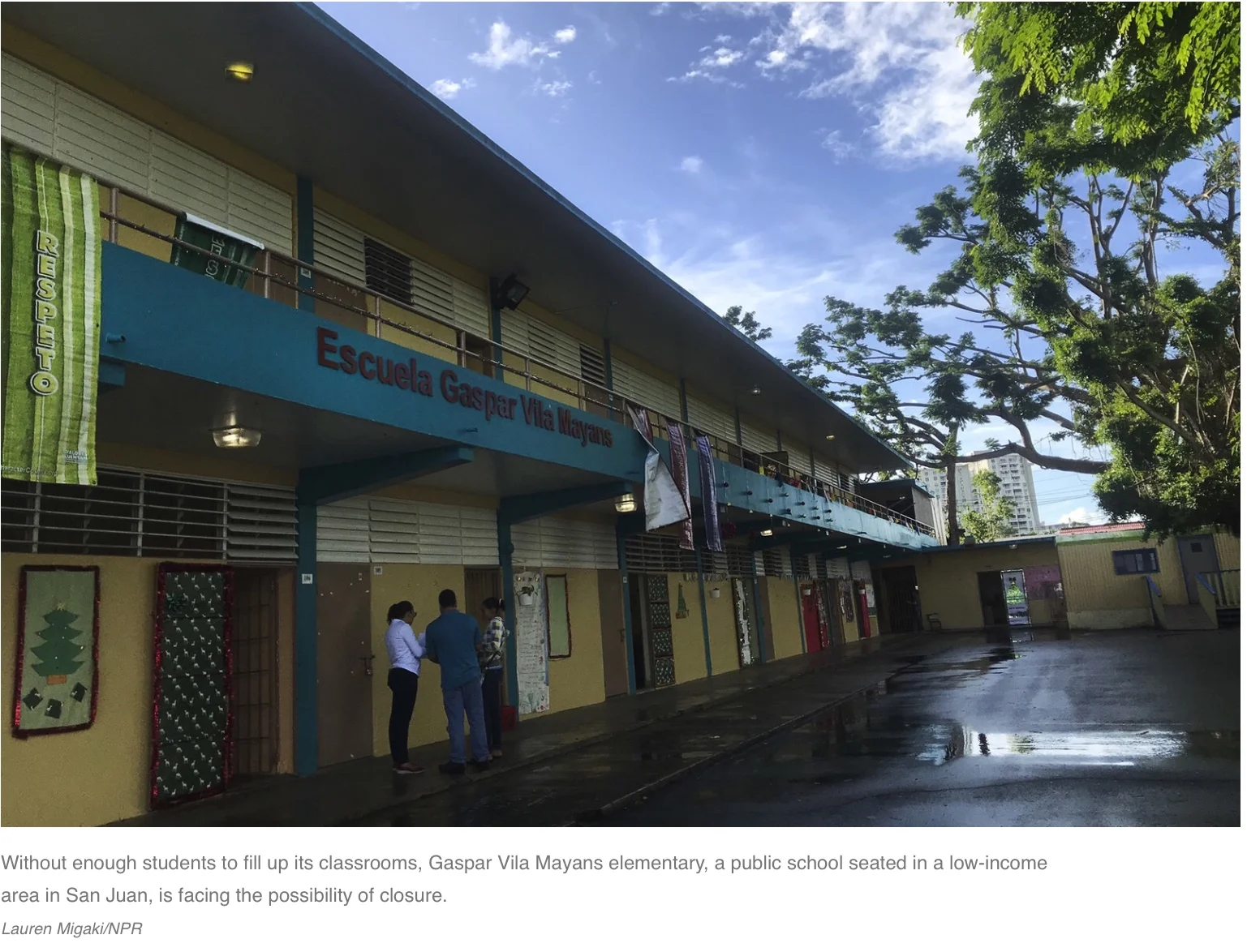A mural at the entrance of a public high school in San Francisco is receiving national attention due to the controversial nature of its subject. This mural depicts the ugly side of American history, showing George Washington as a slaveowner and depicting Native Americans and African Americans in negative ways.
The debate about this mural raises many questions relevant to our students. The First Amendment, censorship, “trigger warnings,” and the role of art to provoke and evoke feelings are central to examinations of American history and culture.
Read More




















